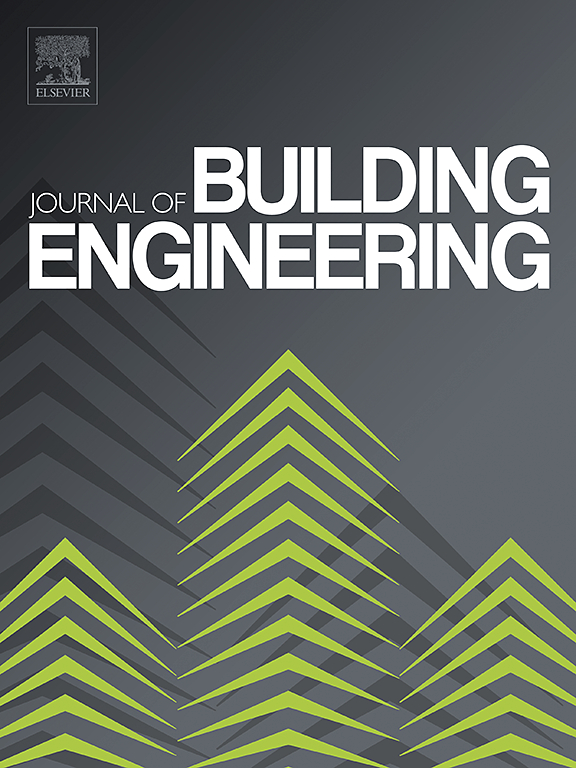A failure criterion of bond strength of corroded steel bars based on plasticity and limit analysis of concrete and the prediction model of shear capacity of beams based on CSCT and MCFT theories
IF 6.7
2区 工程技术
Q1 CONSTRUCTION & BUILDING TECHNOLOGY
引用次数: 0
Abstract
Corrosion can severely impair the bond strength between steel reinforcement and concrete, compromising the structural integrity and safety of concrete elements. Current models for assessing the bond strength of corroded steel bars primarily focus on the extent of corrosion. Most of these models are based on the results fitted by experiments, ignoring the influence of concrete cracking and steel surface characteristics on the bonding performance. This paper explores the implications of concrete crack roughness and the characteristics of steel surfaces on force transfer at the crack interface, informed by the principles of plasticity theory. A novel failure criterion is proposed to better estimate bond strength in corroded steel bars embedded within cracked concrete. Based on the Critical Shear Crack Theory (CSCT) and the Modified Compression Field Theory (MCFT), this study proposes a shear capacity model for corroded beams. In previous models, the stirrup was assumed to yield; however, in cases of significant corrosion, the stirrup did not yield even when the structure failed. The proposed approach in this paper accounts for the behavior of concrete in its fractured state post-corrosion and the actual stress levels in stirrups after corrosion. Comparative analyses indicate that the proposed model demonstrates higher accuracy than other models currently available.
求助全文
约1分钟内获得全文
求助全文
来源期刊

Journal of building engineering
Engineering-Civil and Structural Engineering
CiteScore
10.00
自引率
12.50%
发文量
1901
审稿时长
35 days
期刊介绍:
The Journal of Building Engineering is an interdisciplinary journal that covers all aspects of science and technology concerned with the whole life cycle of the built environment; from the design phase through to construction, operation, performance, maintenance and its deterioration.
 求助内容:
求助内容: 应助结果提醒方式:
应助结果提醒方式:


